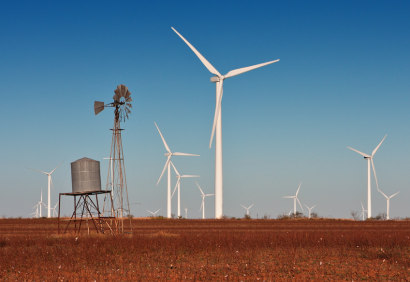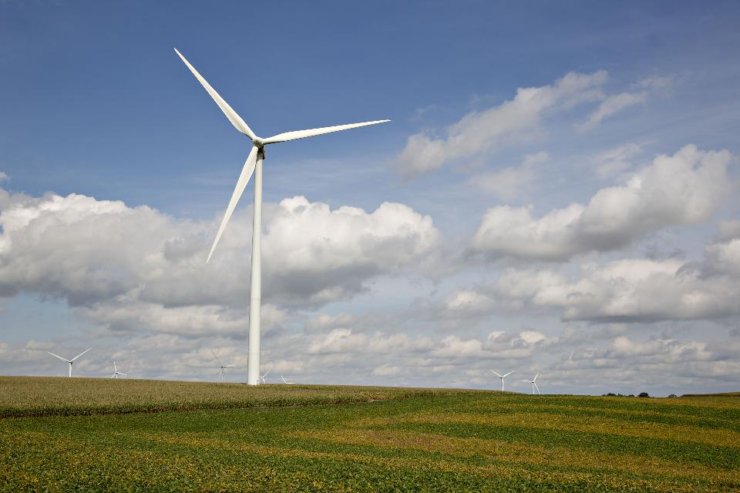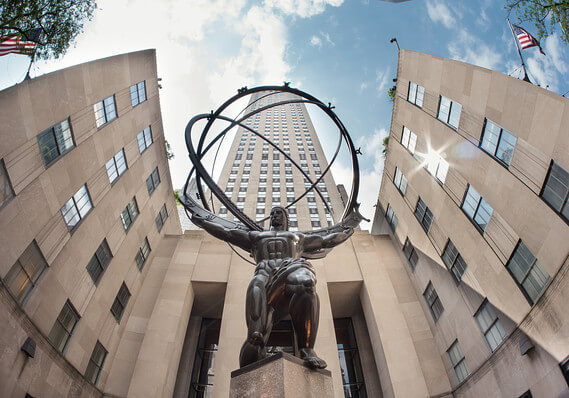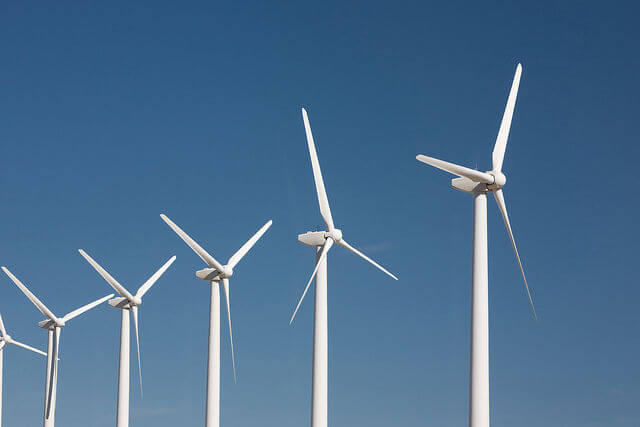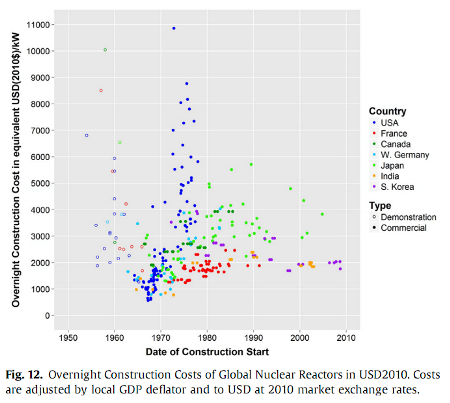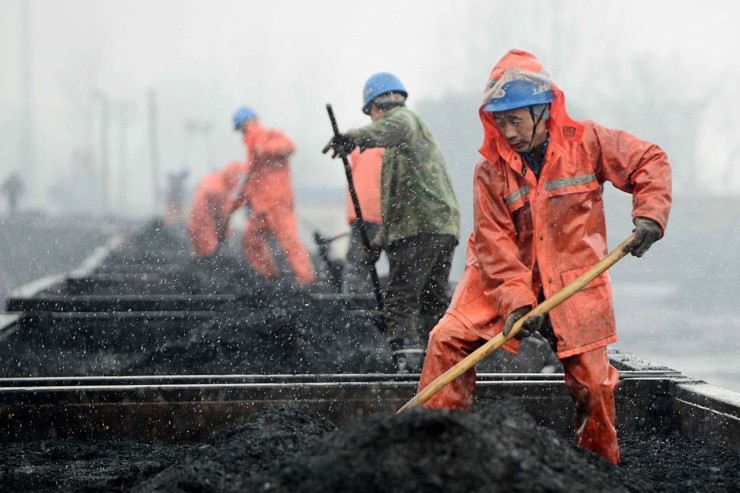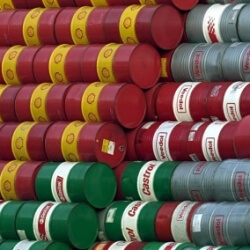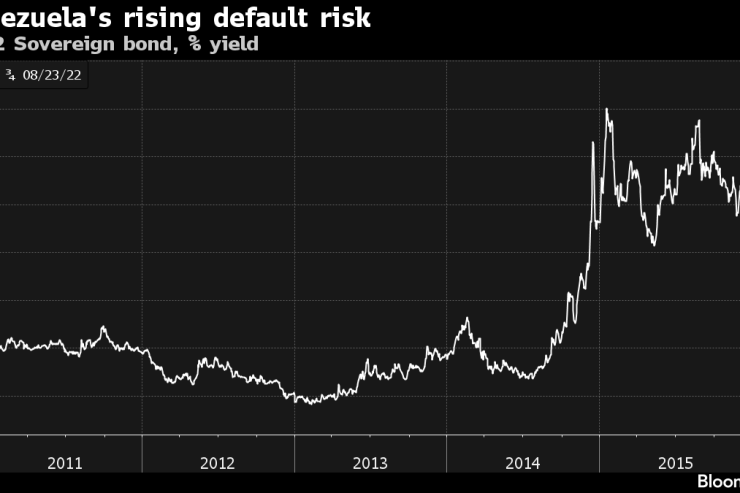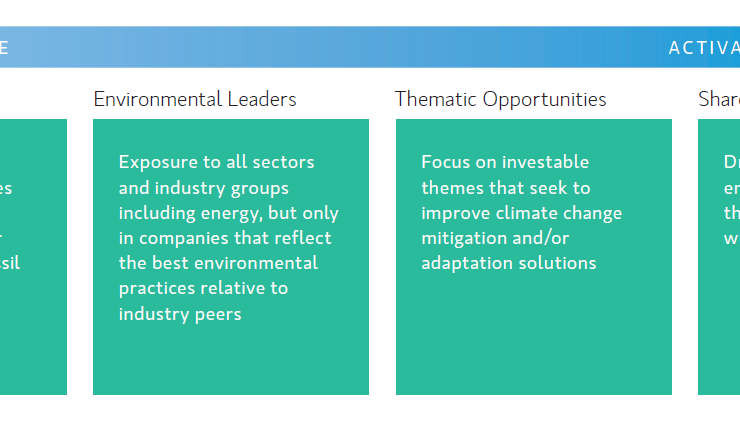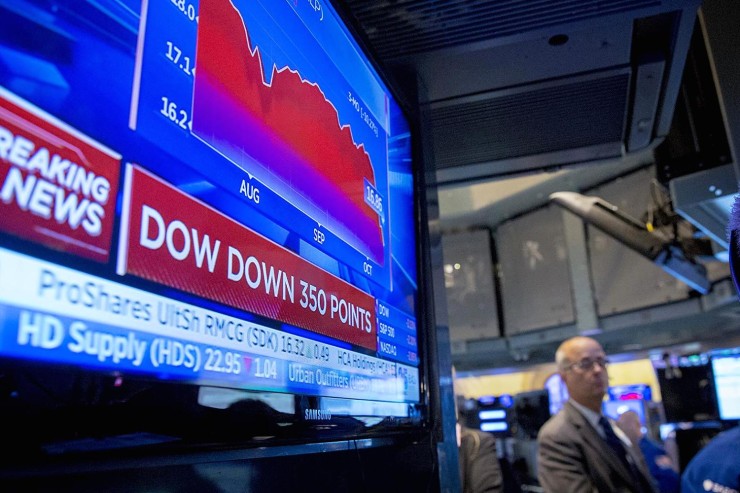(The Ecologist) The new Index of Sustainable Economic Growth shows there is a shift to strike a healthier balance between support for the economy, and care for essential social and environmental systems. But can it ever replace GDP as a measure of progress? JAMES CURRAN explores the idea.
It looks like there is a shift to strike a healthier balance between support for the economy, and care for essential social and environmental systems “It’s time to go beyond GDP” claimed Manuel Baroso, President of the European Commission in 2007, but for over 60 years GDP has remained the obsession, and some have said fetish, of most Governments and most commentators.




